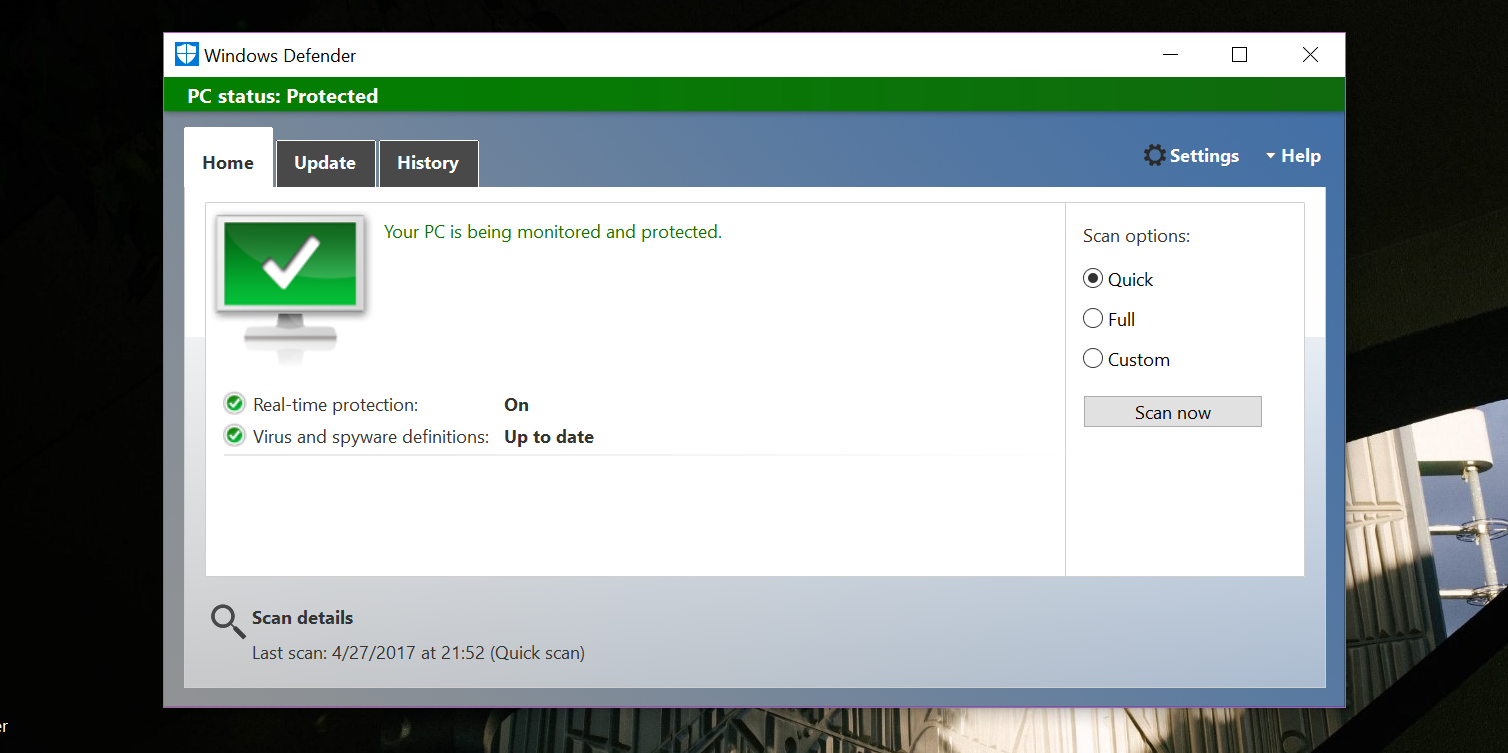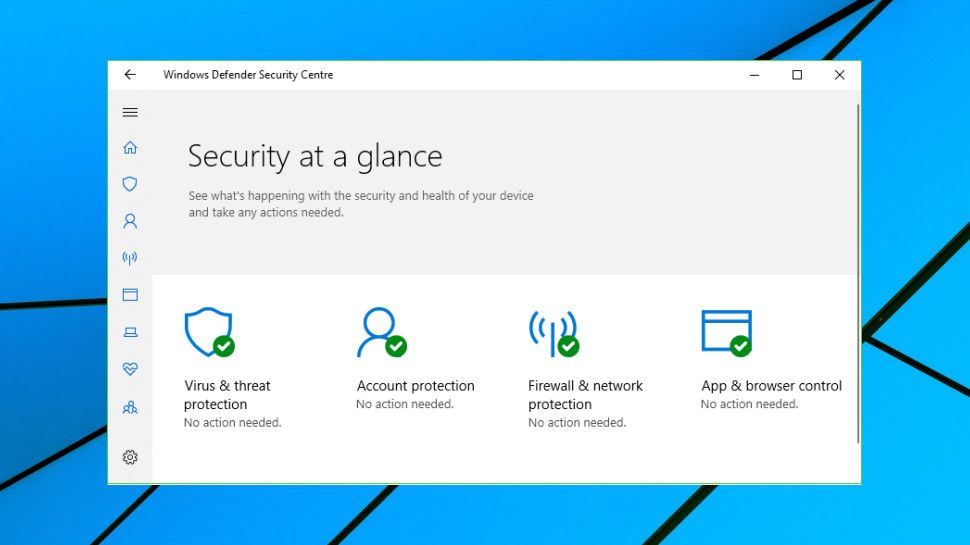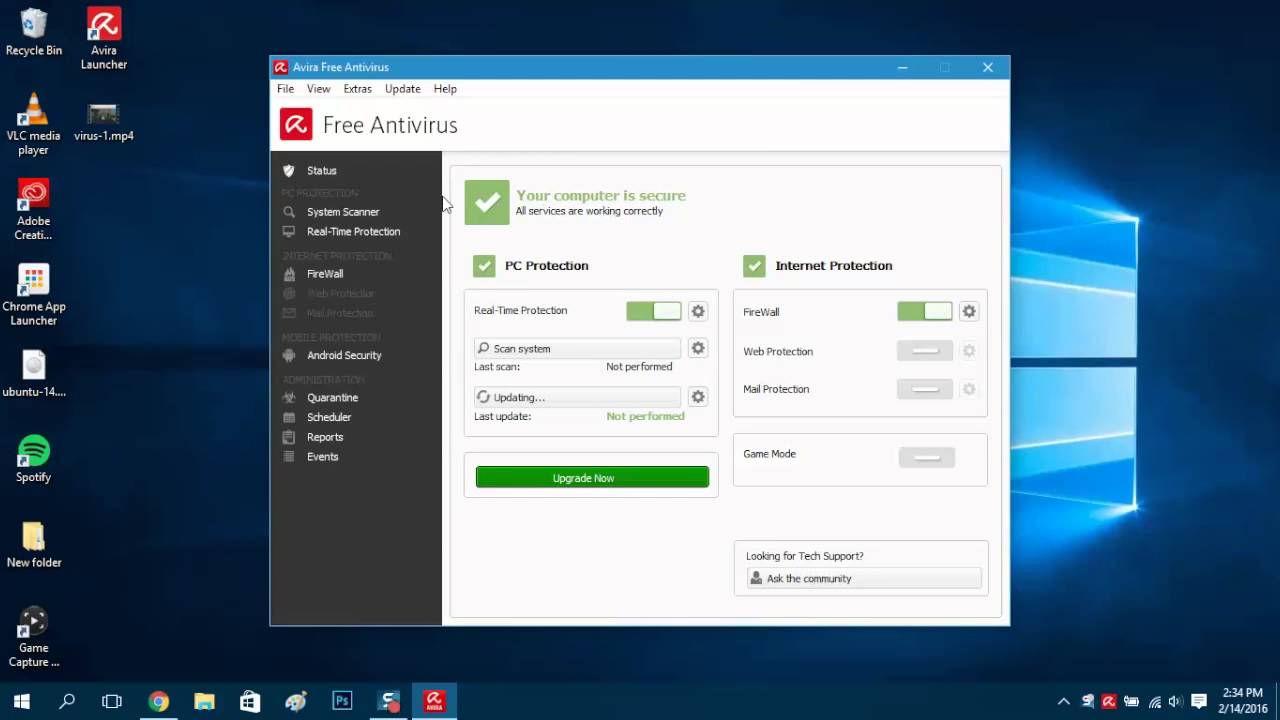

Microsoft Defender for Endpoint is for businesses with many employees requiring internet security protection for their IT systems. While we wouldn’t generally cover enterprise antivirus solutions in our reviews (as we typically cater to home users), it’s good to have a product to compare. Windows Defender also includes on-demand scanning, which searches for offline threats introduced via a USB or network drive and malware that already exists on your system.

It detects threats when they reach the point of infection. On its own, Windows Defender includes real-time malware protection, which runs in the background of your system, searching for threats downloaded from the web. Windows DefenderĪs mentioned, Windows Defender is available on older Windows OS systems, and from Windows 8 and above, you’ll see this referred to as Microsoft Defender or Microsoft Defender Antivirus. Unlike free antivirus products that offer a premium option to obtain extra support and more features, Windows Defender is limited to free protection unless you have a business that’d benefit from Microsoft Defender for Endpoint. Lacks features of other free antivirus providers.To see how my own experience compares, I’ll be referencing the results from independent test labs to benchmark my results.įor those that are in a rush, I’ve given a quick summary of the benefits and negatives of Windows Defender below. I’ll be using a series of lab tests to understand how much strain Windows Defender puts on my system, how user-friendly the interface is for new and advanced users, and the additional features included as standard.


Stick with me to find out in my deep dive review. It’s time to find out if Windows Defender’s free protection is enough to protect you from the latest malware.


 0 kommentar(er)
0 kommentar(er)
